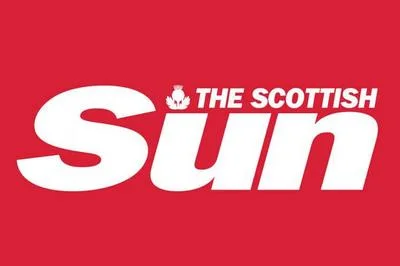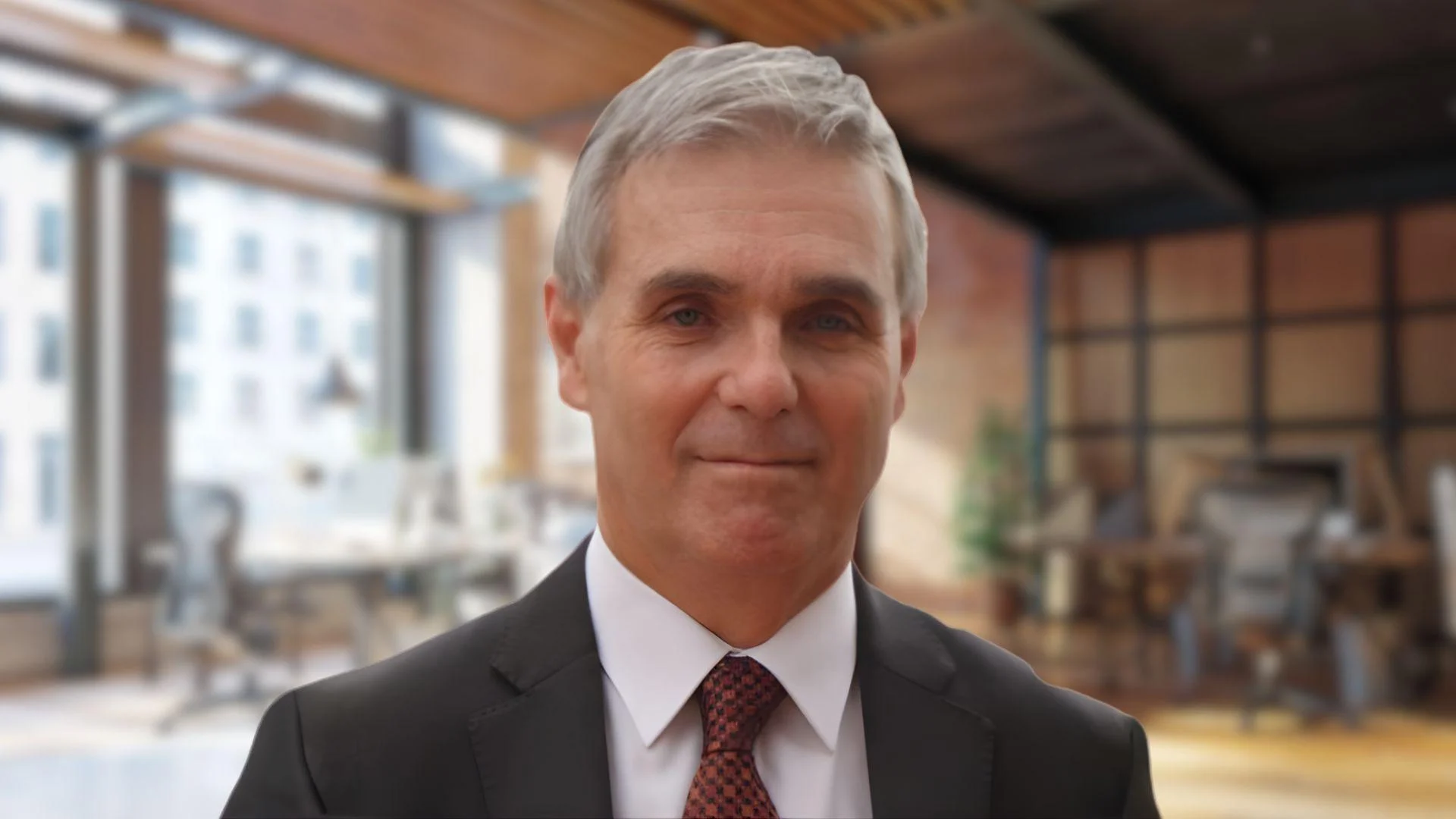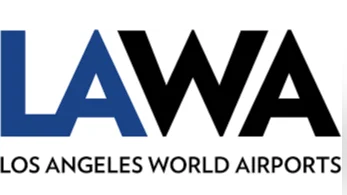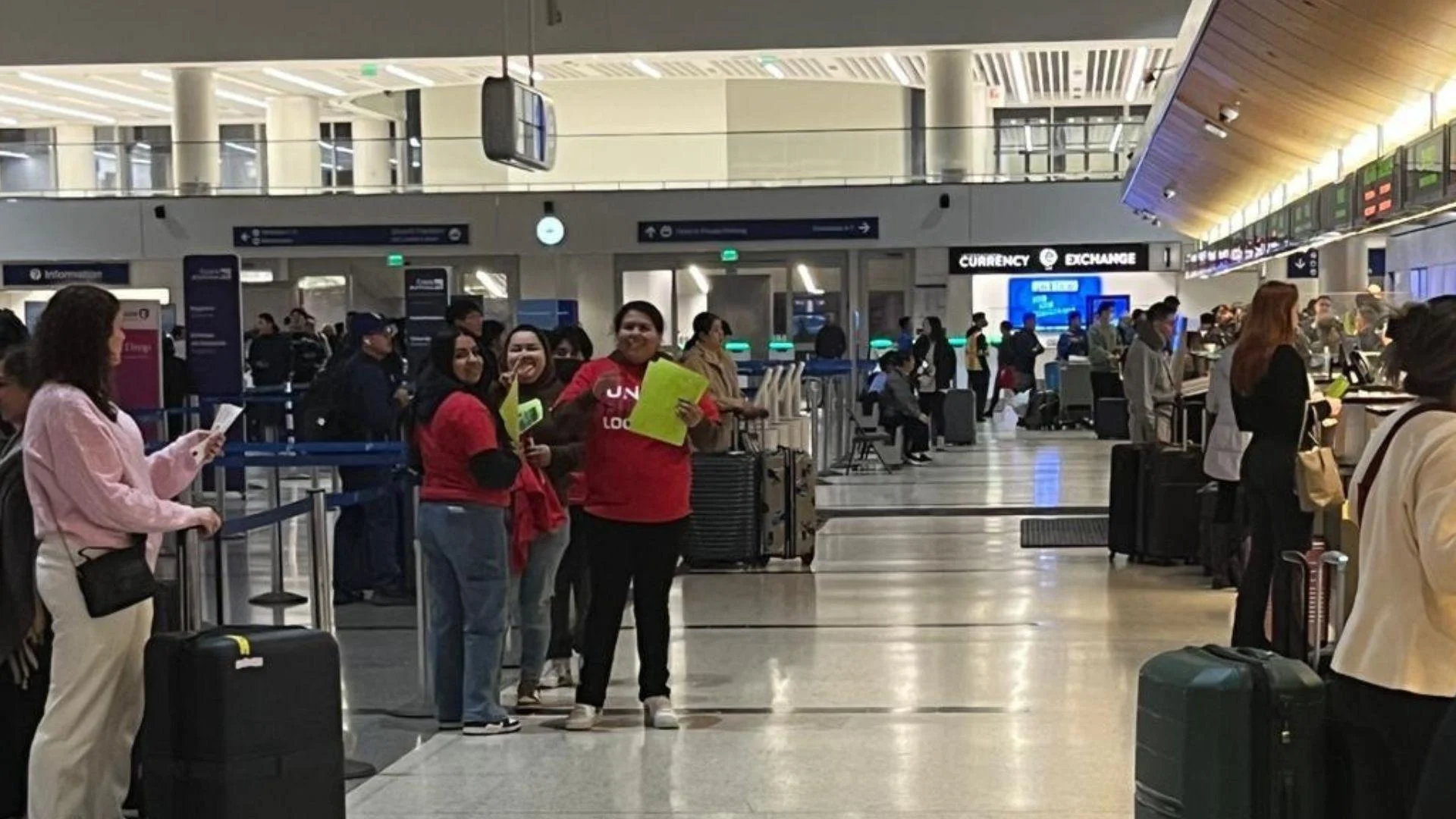The Cuban Missile Crisis remains a significant event in Cold War history, marking a period when the world teetered on the brink of nuclear conflict. This crisis was resolved diplomatically, with only one Lockheed U-2 spy plane being shot down. Various military aircraft played crucial roles during this tense period.
The Lockheed U-2 "Dragon Lady" was pivotal in both escalating and resolving the crisis. On October 14, 1962, Major Richard Heyser piloted a U-2 over Cuba, capturing images of Soviet missile installations. These photos were critical in revealing the presence of Soviet medium-range ballistic missiles in Cuba. Later, on October 27, 1962, another U-2 piloted by Major Rudolf Anderson Jr. was shot down over Cuba, resulting in the only US casualty from enemy fire during the crisis. Anderson posthumously received the Air Force Cross for his valor.
The McDonnell F-101 Voodoo also played a role as a reconnaissance aircraft during the crisis. The RF-101A variant conducted low-altitude photo reconnaissance sorties over Cuba to gather intelligence on missile sites. An F-101C involved in these missions is displayed at the National Museum of the United States Air Force.
 Alerts Sign-up
Alerts Sign-up




































